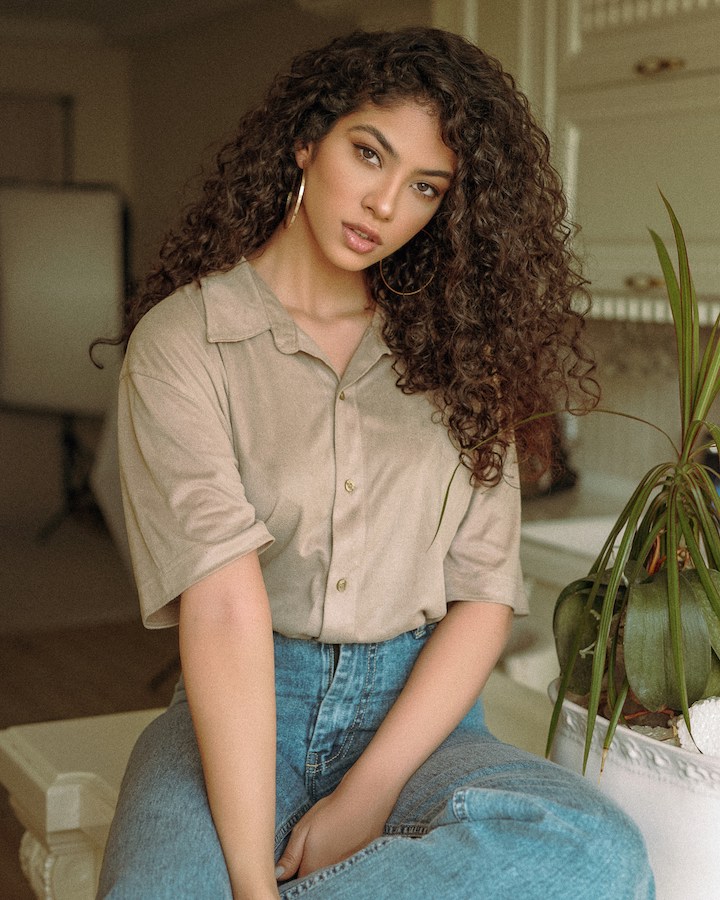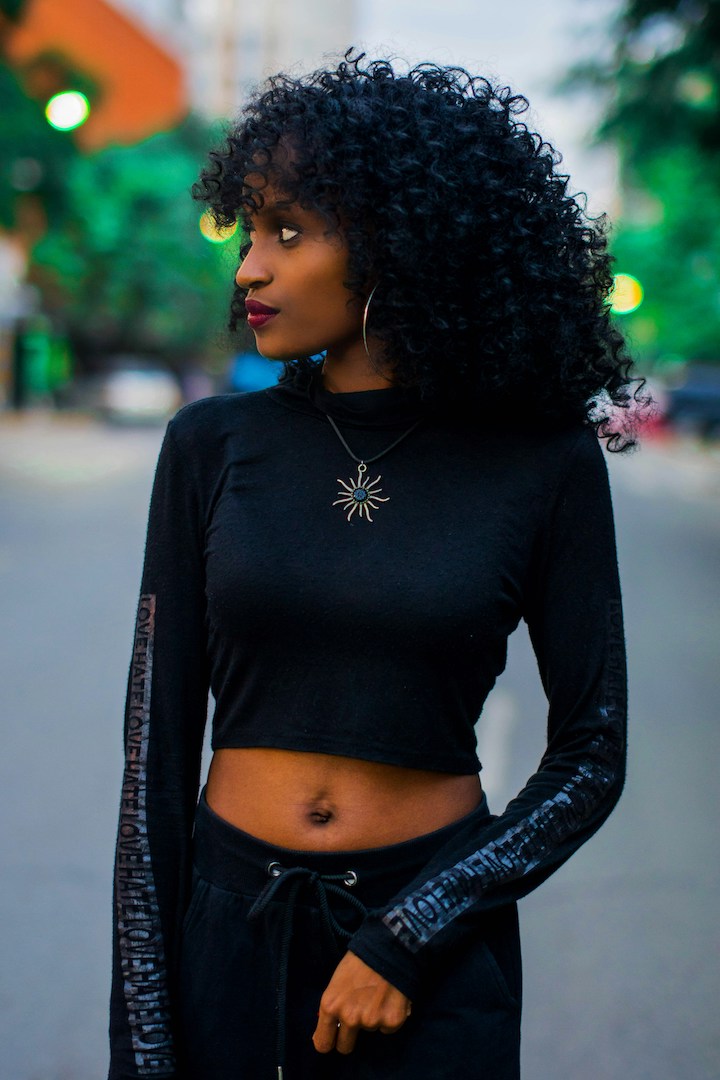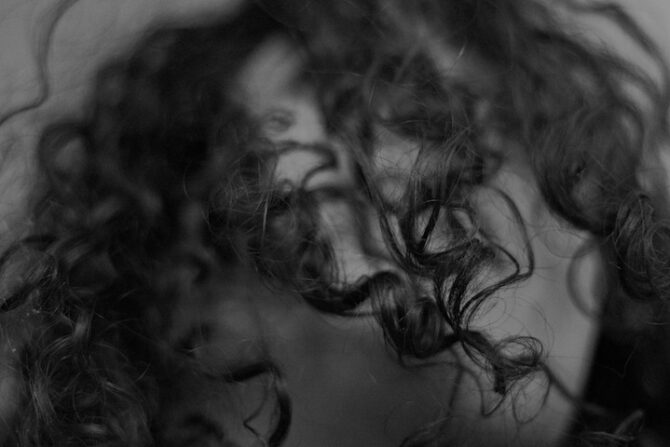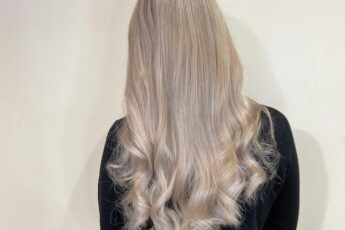Let’s talk about something that no one really prepares you for: when your curls start doing their own thing. One day they bounce, the next they hang flat like they’ve given up. Sound familiar?
You’re not crazy. That shift you’re seeing? It’s a hair curl pattern alteration, and yes—it’s real.
You might not hear this often, but your curls have moods. They don’t always act the same, and sometimes, they change completely. It can feel like your hair betrayed you. But once you know why it happens and what to do about it, things get easier.
So let’s walk through it together. No fluff. No lectures. Just one curly-headed friend to another.
Table of Contents
Key Takeaways
- Curl pattern alteration is real and happens to a lot of us.
- Causes range from heat damage and hormones to stress and aging.
- Some curl changes can be reversed. Some are permanent.
- Listening to your hair and adjusting your routine can make all the difference.
- Embrace the new version of your curls—it might surprise you.
What Exactly Is A Curl Pattern?
Before we dive deep, let’s make sure we’re on the same page. Curl pattern is just the natural shape or form your strands take when they’re left to do their thing. It can range from:
- Wavy (Type 2)
- Curly (Type 3)
- Coily (Type 4)
Each type even has subcategories—2A, 3B, 4C—but honestly, who has time to memorize all of that? What matters is this: your curl pattern comes from the shape of your hair follicle. The more oval or flat it is, the curlier your hair gets.
But just because you’re born with a certain pattern doesn’t mean it stays locked in forever. It’s not set in stone—and that’s the part no one tells you until your curls start acting weird.

Is Curl Pattern Alteration Real?
Yes. A thousand times, yes.
Hair curl pattern alteration is real, and it happens more often than you think. You’re not alone. I’ve had moments where one side of my hair curled tighter than the other. Another time, the back went all limp while the front stayed curly. It’s frustrating, and if you don’t know what’s going on, it can feel like you’re doing something wrong.
But here’s the thing: curl patterns can change. Sometimes temporarily. Sometimes for good. And usually, it’s your hair reacting to something.
So, the big question becomes—what’s causing it?
Check Out: Fine Hair Volumizing Techniques That Actually Work
What Causes Curl Pattern Changes?
Let’s break it down. Your hair doesn’t just wake up one day and decide to change. Something pushes it. And most of the time, it’s one (or more) of these:
1. Heat Damage
Flat irons. Curling wands. Blow dryers. Even that “just one pass” mentality can stretch your curls beyond their limit. Too much heat breaks the protein bonds, and once those go… curls start loosening, or disappearing altogether.
2. Chemical Treatments
Relaxers. Texturizers. Keratin treatments. Even some permanent color jobs. They all mess with the natural structure of your strands. If you’ve chemically altered your hair before, your curls might not bounce back the same way.
3. Hormonal Changes
Your hormones control more than your mood. Puberty, pregnancy, menopause, birth control—all of these can shift how your hair behaves. Some people find their hair curlier after giving birth. Others go from curls to straight as they age. Totally normal.
4. Aging
Yep, even your curls age. The older you get, the more likely your hair will thin, lose protein, or become finer. That can cause your curl pattern to relax over time.
5. Stress and Health
Stress messes with your body—and your hair isn’t immune. Long periods of emotional or physical stress can lead to changes in your curl pattern. If your body is out of balance, your hair reflects that.
6. Over-Manipulation
Constantly brushing, twisting, pulling, or tight styling can weaken your strands. The result? Looser curls or uneven textures, especially around the edges.
7. Product Buildup or Wrong Products
Heavy products, silicones, or not properly clarifying your hair can weigh your curls down. It may look like your pattern changed when really, your hair is just suffocating under buildup.
8. Moisture-Protein Imbalance
Too much moisture? Your curls go mushy and undefined. Too much protein? They go stiff and brittle. Striking the right balance is key, or your pattern will definitely reflect the imbalance.
How To Tell If Your Curl Pattern Has Changed
So how do you know it’s really happening—not just a bad hair week?
Here are a few signs:
- Your curls don’t bounce like they used to.
You know that springy feeling? It’s gone. - Some strands look straight or limp.
Especially in the crown or nape areas. - You’re noticing uneven textures.
One section coils tight. Another just flops. - Your go-to routine isn’t working anymore.
Same products, same steps, different results. - The frizz is worse.
Not volume. Not fluff. Just weird, undefined frizz.
If any of this sounds familiar, your curl pattern may be shifting—and it’s okay.

Can You Get Your Old Curls Back?
This one’s tricky.
Sometimes, yes. Sometimes, no. And sometimes, you get a new kind of beautiful instead.
Here’s how it breaks down:
- If the change was caused by heat or buildup — you might be able to recover with consistent deep conditioning, protein treatments, and by laying off the heat.
- If it’s hormonal or age-related — the change may be permanent, or semi-permanent. But that doesn’t mean it’s bad. It just means your curls are evolving.
I’ve seen curls bounce back after a big chop. I’ve seen them come alive again with proper care. And I’ve also seen people fall in love with a totally new pattern that showed up years later.
Let your hair show you what it wants to be now. You might be surprised.
What To Do If You Think Your Curl Pattern Has Altered
Okay, so let’s say you’re noticing changes. Here’s what I’d tell you to do next:
- Step away from the heat tools.
Even if you only use them once in a while, they’re not helping right now. - Clarify your hair.
Get rid of product buildup and reset your scalp. Use a gentle clarifying shampoo or a clay mask. - Start a moisture-protein routine.
Alternate between deep moisture masks and protein treatments weekly or bi-weekly. - Get a trim.
Damaged ends can weigh your curls down and make the pattern look worse than it is. - Be patient and observe.
Give your hair time to respond. Take photos. Keep notes. Your hair will tell you what it needs.
Also Read: Best Color-Preserving Hair Treatments That Actually Work
How To Embrace The Curl Pattern You Have Now
This part is emotional. I get it.
You’ve known your curls a certain way for years. Losing that shape can feel like losing a part of yourself. But here’s what I’ve learned: your curls don’t define you—they reflect you.
And you’re not static. You grow. You change. Your hair’s just keeping up.
Try this:
- Use styling techniques that work with your current pattern, not against it.
- Diffuse your hair upside down for lift if it’s lost volume.
- Try finger-coiling or flexi rods to help your new curls take form.
- Use curl enhancers instead of gels if you’re in a looser phase.
- Switch to lighter products if your pattern is looser, or creams for tighter coils.
Whatever your curls are doing now, they deserve your attention—not your frustration.
When To Ask For Help
Sometimes, you just need another set of eyes (or hands).
Reach out to a curly hair stylist or trichologist if:
- Your scalp feels irritated or inflamed
- You’ve experienced sudden or patchy hair loss
- The curl change was extreme and fast
- Nothing you try seems to help over several months
There’s no shame in asking for help. Professionals can often spot things we miss.

Conclusion
Hair curl pattern alteration is real, but it’s not the end of the world. Your hair is just responding to life—heat, hormones, health, stress, the whole mix.
The good news? You’re not helpless. You can listen to your hair, adjust your routine, and even fall in love with a new pattern you didn’t see coming.
I’ve been through it. I know how disorienting it can be. But once I stopped chasing my “old curls” and started embracing what my hair was doing now, things got easier.
And honestly? My hair looks better now than it ever did.
Frequently Asked Questions
Can hair go from curly to straight naturally?
Yes. Hormones, aging, or health issues can shift the pattern. It’s more common than most people think.
How long does it take for curl pattern to return after damage?
It varies. If the change isn’t permanent, you could start seeing improvements in 3 to 6 months with the right care.
Can puberty or pregnancy change curl pattern?
Absolutely. Many people notice new textures during these phases because hormones directly impact hair follicles.
What’s the difference between damaged curls and altered curls?
Damaged curls feel dry, brittle, or rough. Altered curls may feel soft and healthy but just look different than they used to.



